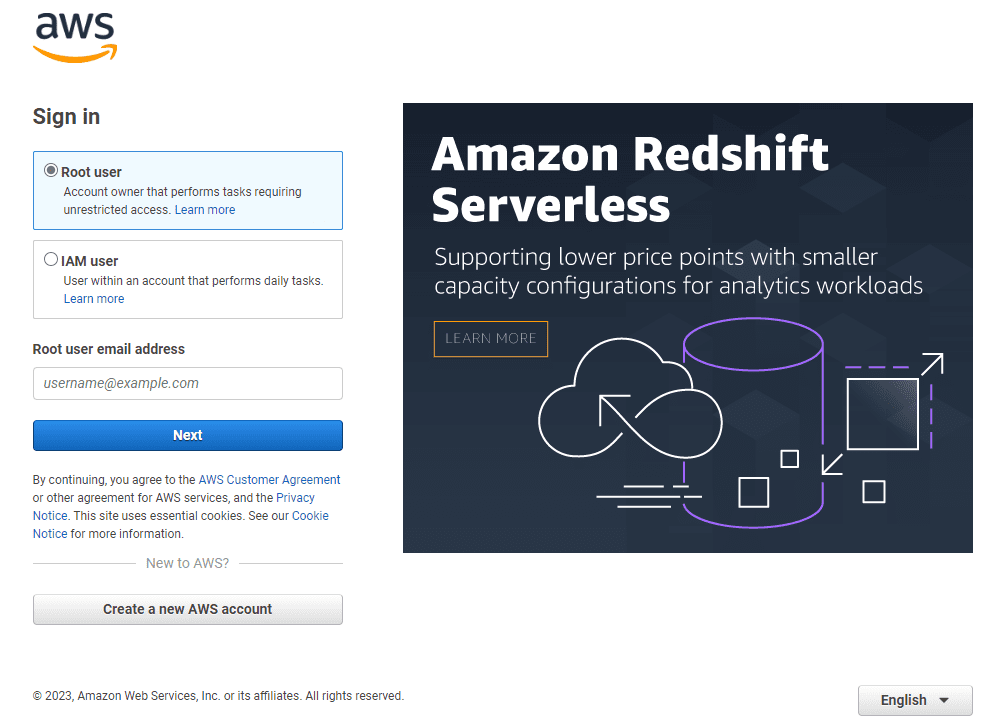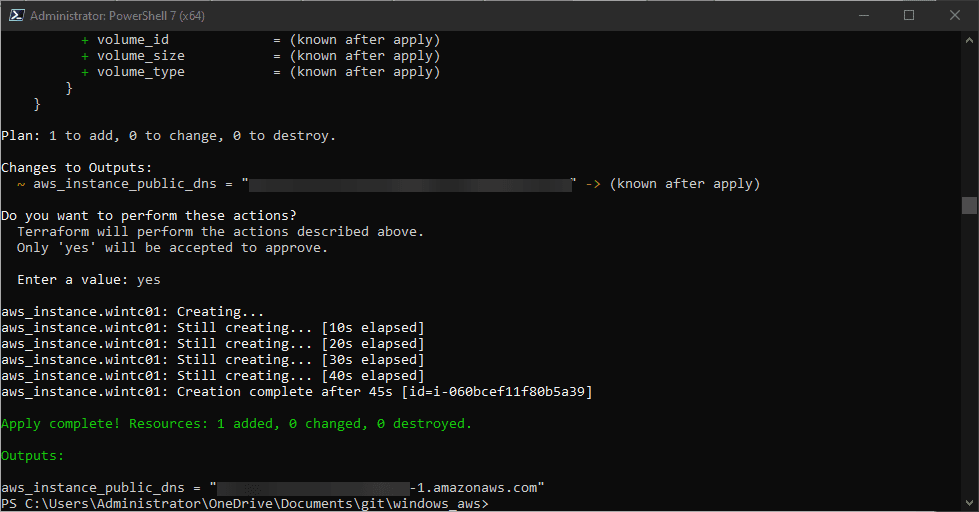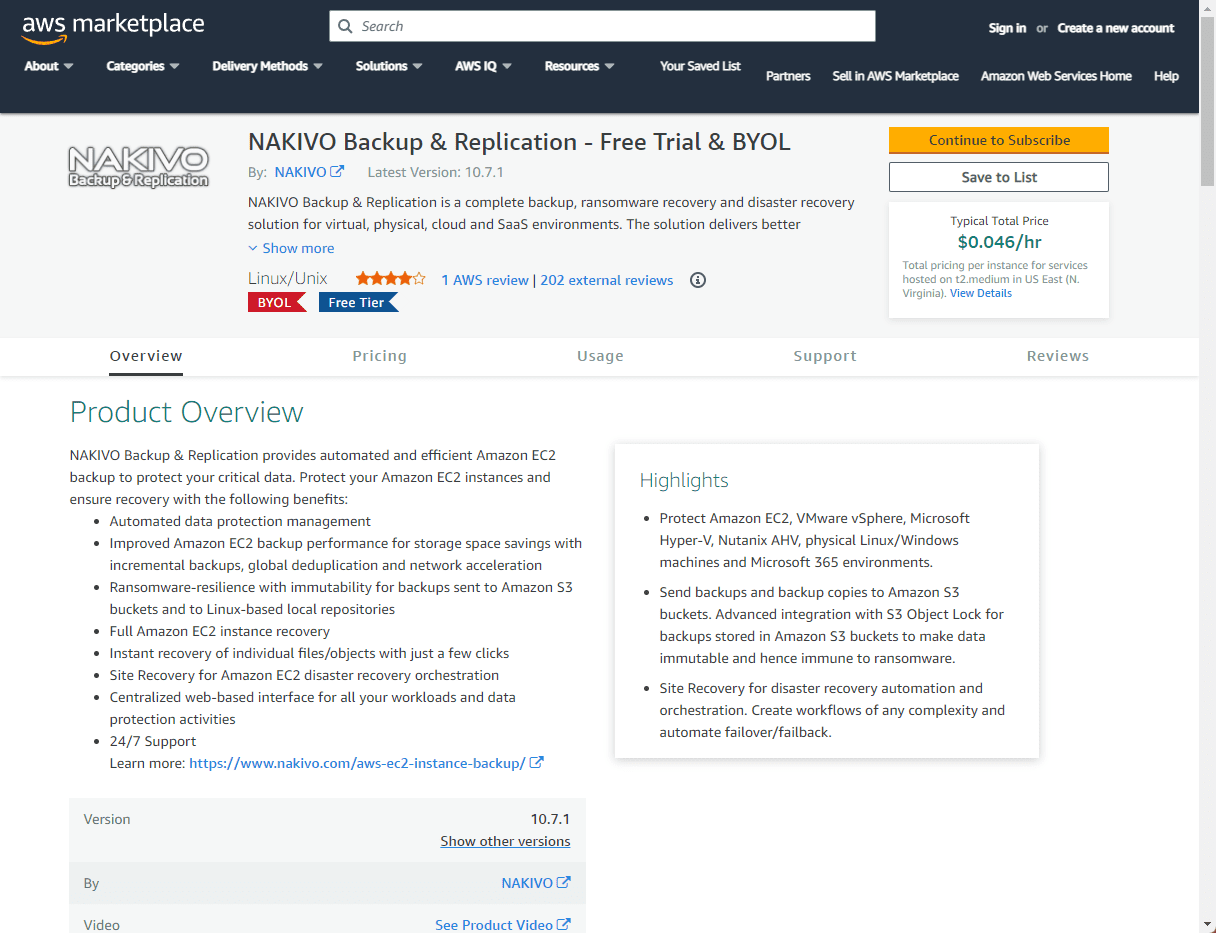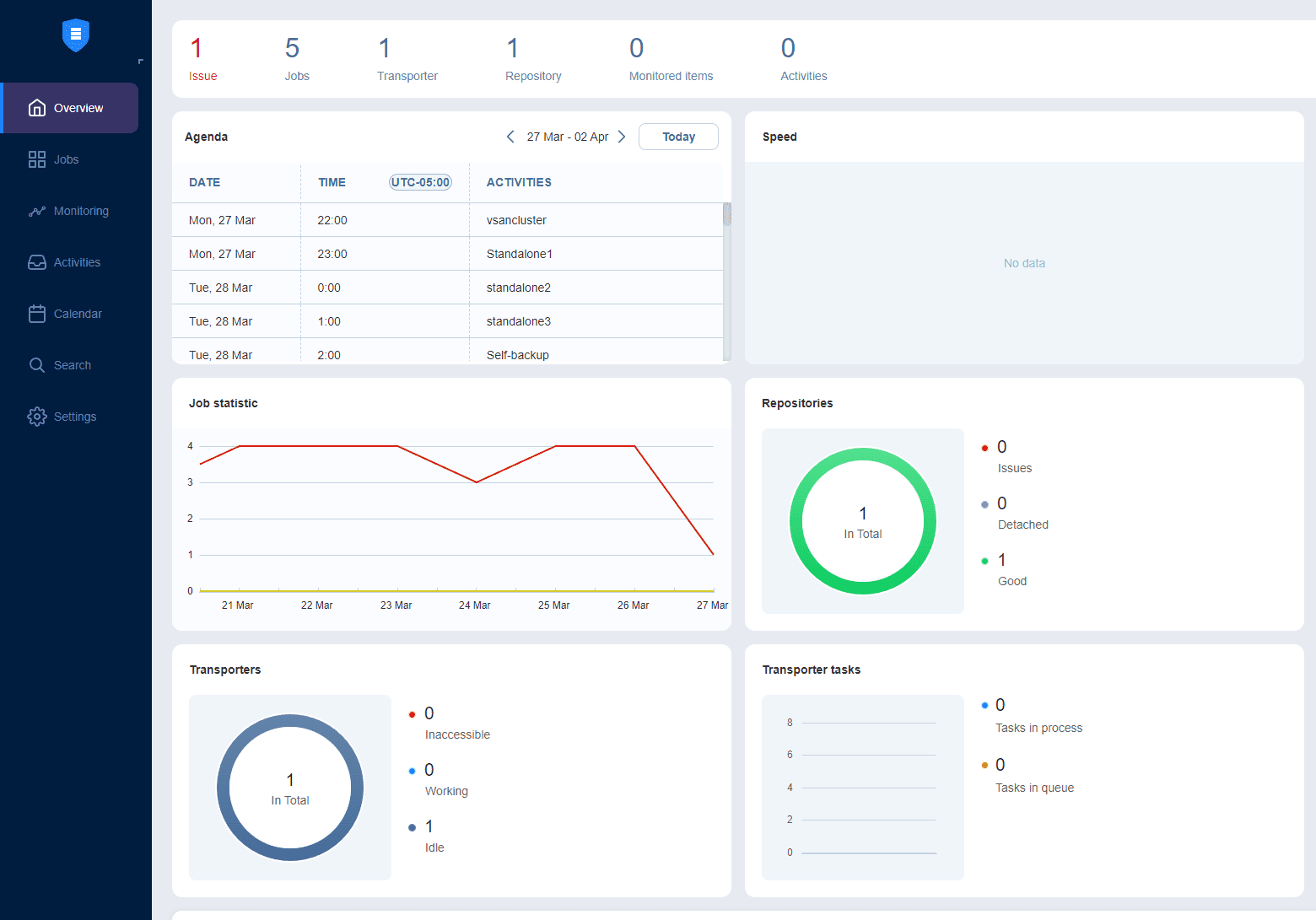Over the past decade, we have seen a paradigm shift in how infrastructure is purchased, provisioned, configured, and maintained. As organizations have shifted to cloud computing infrastructure, teams are learning cloud infrastructure management as part of their hybrid cloud environments. Having a cloud management strategy and using cloud management solution options allows companies to include cloud infrastructure in their overall management strategy.
Cloud providers each have different tools, cloud architecture, cloud infrastructure management interface, and computing products that may be specific to the solution. However, regardless of the cloud management platform, many general cloud infrastructure management strategies apply to them all.
Introduction to Cloud Infrastructure Management
In today’s digital age, cloud infrastructure management has become critical to IT operations. With businesses increasingly relying on cloud infrastructure to deliver key resources, including applications, data storage, and computing needs, efficiently managing these resources is essential to meeting service-level agreements (SLAs).
What components are included in cloud infrastructure management?
These cloud computing products may include:
Cloud computing with virtual machine resources and operating system loaded
Cloud storage resources
Cloud networking and load balancing
Software-as-a-Service
Software resources and managing applications in the cloud
Platform-as-a-Service
Cloud infrastructure management involves the monitoring, provisioning, and optimizing of various components within a cloud service provider environment outside of the physical resources. These components include virtual machines, storage devices, operating systems, and other hardware and software elements, manageable from a self-service web interface.
Cloud Infrastructure: The Foundation of Cloud Computing
Cloud infrastructure is the backbone of cloud computing, providing the essential resources required to deliver key services and applications. It comprises key component infrastructure, including compute, storage, and network resources, which are interconnected to create a seamless cloud environment. Cloud infrastructure can be deployed in various forms, including public, private, and hybrid cloud environments.
Public cloud providers
Public clouds are operated by cloud service providers, such as Google Cloud and Amazon Web Services, while the organization owns and manages private clouds. Hybrid clouds combine the best of both worlds, allowing organizations to leverage the flexibility of public cloud services and control private cloud infrastructure for both cloud users and internal users (which may be one and the same).
The Importance of Cloud Management
Effective cloud management is critical to ensuring optimal performance and security within cloud environments. By employing cloud management solutions, businesses can streamline their cloud strategies and ensure that resources are allocated efficiently.
Cloud management platform
Cloud management platforms, such as AWS Management Console, Google Cloud Platform, and Microsoft Azure, provide a unified user interface for managing cloud infrastructure, services, and resources.
Cloud Management Tools: Streamlining Cloud Infrastructure Management
Cloud infrastructure management tools play a crucial role in simplifying and automating the management of cloud resources. These tools can help organizations monitor system performance, manage network configurations, and allocate resources, among other tasks. By automating routine tasks, cloud infrastructure management tools enable IT teams to focus on more strategic initiatives.
Some popular cloud infrastructure management tools include:
Terraform – An open-source infrastructure-as-code tool for provisioning and managing cloud infrastructure.
Kubernetes – A container orchestration platform for automating containerized applications’ deployment, scaling, and management.
CloudWatch – A monitoring service provided by AWS that allows users to collect and analyze performance data for their AWS resources.
Cloud Management Strategy: Key Components for Success
A well-defined cloud management strategy is essential for ensuring efficient cloud infrastructure management. Some key components of a successful cloud management strategy include:
Cost management – Implementing cost optimization measures to minimize cloud resources and services expenses.
Security – Ensuring that cloud environments adhere to regulatory compliance standards.
Performance monitoring – Regularly monitoring the performance of cloud resources and services to maintain optimal system health.
Automation – Employ workflow automation to streamline and simplify cloud management work.
Balancing Security and Flexibility in Cloud Environments
Security is a crucial consideration in managing cloud infrastructure. Cloud service providers offer a range of security measures, such as encryption, access controls, and firewalls, to protect cloud resources from potential security risks.
Additionally, organizations must implement their own security policies and controls to ensure the safety of their cloud environments.
However, the right balance between security and flexibility is essential for efficient cloud infrastructure management. Too much security can limit the organization’s ability to scale and adapt quickly, while too little security can expose the cloud environment to potential threats.
The Future of Cloud Infrastructure Management
Organizations must adapt their cloud infrastructure management practices as cloud computing evolves to keep pace with emerging technologies and trends. Integrating machine learning capabilities, advanced analytics, and improved reporting capabilities can help businesses optimize their cloud management efforts and better understand their resource usage.
Cloud infrastructure management is essential to modern IT operations. By leveraging cloud management tools and implementing a well-defined cloud management strategy, businesses can optimize their cloud resources, maintain security, and ensure the smooth functioning of their cloud environments.
As cloud computing continues to grow and evolve, organizations must remain proactive and adaptable to stay ahead of the curve and capitalize on the benefits of efficient cloud infrastructure management.
Hybrid Cloud Environments: The Best of Both Worlds
Hybrid cloud environments allow organizations to combine public and private cloud resources according to their unique needs. This enables businesses to leverage the scalability and cost-effectiveness of public cloud services while maintaining control over sensitive data and applications in their private cloud infrastructure.
Proper management of hybrid cloud environments is essential to ensure seamless integration between public and private clouds, and efficient resource allocation across both environments.
Cloud infrastructure management tools can assist in managing hybrid clouds, helping businesses to monitor and manage resources across multiple providers, ensuring optimal performance and cost-efficiency.
Companies may have existing tools to manage
Managing Virtual Resources in Cloud Infrastructure
Virtual resources like virtual machines and load balancers are critical in cloud infrastructure management. They enable businesses to efficiently allocate compute resources and balance workloads across their cloud environments.
Effective management of virtual resources can help organizations optimize their infrastructure, reduce costs, and improve the overall performance of their cloud services.
Cloud infrastructure management tools can assist in managing virtual resources, allowing IT teams to easily create, deploy, and manage virtual machines and load balancers.
These tools also enable monitoring resource usage and performance, helping businesses identify and resolve issues before they impact system performance.
Cost Optimization in Cloud Infrastructure Management
One of the primary benefits of cloud computing is the ability to optimize costs by only paying for the resources and services that are actually used. Organizations must implement effective cost management strategies that involve monitoring resource usage, identifying inefficiencies, and adjusting resource allocation as needed to maximize cost savings.
Cloud infrastructure management tools can help businesses optimize costs by providing insights into resource usage, allowing for better-informed decisions about resource allocation and scaling.
Additionally, these tools can automate cost optimization tasks, such as adjusting the size of virtual machines based on workload requirements or shutting down unused resources to minimize expenses.
Data Protection: A Crucial Aspect of Cloud Infrastructure Management
One of the most critical aspects of cloud infrastructure management is protecting data stored and processed in cloud environments. Data protection has become paramount as organizations increasingly rely on cloud services to store sensitive information and run business-critical applications. Effective data protection in cloud infrastructure management involves implementing technical, organizational, and legal measures to safeguard data against unauthorized access, data breaches, and loss.
Technical Measures for Data Protection
A robust cloud infrastructure management strategy must include the following technical measures to protect data:
Encryption – Encrypting data at rest and in transit can help secure sensitive information from unauthorized access. Advanced encryption techniques, such as AES-256 or RSA-2048, should be employed to protect data effectively.
Access Control – Implementing strict access control policies can help limit the number of individuals accessing sensitive data. Role-based access control (RBAC) systems can grant users permissions based on their job roles and responsibilities.
Backup and Disaster Recovery – Regularly backing up data and implementing disaster recovery plans can minimize data loss and ensure business continuity in case of a data breach or system failure. Organizations should consider using automated backup solutions and periodically test their disaster recovery plans for effectiveness.
Intrusion Detection and Prevention – Employing intrusion detection and prevention systems (IDPS) can help monitor and protect cloud environments from potential security threats. These systems can identify and block malicious activities in real time, reducing the risk of data breaches.
Organizational Measures for Data Protection
Organizational measures play a crucial role in maintaining data protection in cloud infrastructure management:
Security Policies – Establishing comprehensive security policies and procedures can help define the organization’s approach to data protection and guide employees on best practices for handling sensitive information.
Employee Training – Regularly training employees on data protection practices, such as using strong passwords and identifying phishing attempts, can help minimize the risk of human error leading to data breaches.
Risk Assessment – Conducting periodic risk assessments can help organizations identify potential vulnerabilities in their cloud infrastructure and implement appropriate security measures to mitigate risks.
Legal Measures for Data Protection
Compliance with relevant data protection laws and regulations is essential for organizations operating in the cloud:
Compliance with Data Protection Regulations – Organizations must adhere to data protection laws and regulations, such as the General Data Protection Regulation (GDPR) in the European Union and the California Consumer Privacy Act (CCPA) in the United States. Compliance involves implementing security measures, conducting data protection impact assessments, and maintaining transparency in data processing activities.
Data Processing Agreements – Establishing data processing agreements with cloud service providers can help ensure they adhere to the organization’s data protection requirements and legal obligations. These agreements should outline both parties’ responsibilities and expectations regarding data handling, security, and compliance.
Companies often fail to consider their disaster recovery solution as part of cloud infrastructure management. It can result in disaster. To support their hybrid strategy, companies need a data protection solution that can support multiple types of infrastructure, including cloud and on-premises infrastructure.
NAKIVO Backup & Replication provides a great solution for data protection as part of cloud infrastructure management tools. It protects many different types of infrastructure, including:
Virtual:
VMware Backup
Hyper-V Backup
Nutanix AHV Backup
Server:
Windows Server Backup
Linux Server Backup
Workstation:
Windows Workstation Backup
Linux Workstation Backup
SaaS:
Microsoft 365 Backup
Cloud:
Amazon EC2 Backup
NAS:
NAS Backup from multiple vendors
Application:
Oracle RMAN Backup
I utilize NAKIVO Backup & Replication in the home lab environment as well as production use cases and it has been rock solid in protecting critical resources. It is an extremely easy data protection solution to configure. You can deploy the NAKIVO virtual appliance via the OVA, or quickly install the application on your Synology NAS, among other deployment types, and start backing up virtual machines in minutes.
It also provides the flexibility to protect cloud workloads and SaaS workloads as well, making it a robust hybrid solution.
Learn more about NAKIVO Backup & Replication and download a free trial here: Download Free Trial | NAKIVO Backup & Replication
Wrapping up
Cloud infrastructure management is critical to modern IT operations, enabling businesses to efficiently manage their cloud resources and ensure their cloud environments’ optimal performance and security.
By leveraging cloud infrastructure management tools and implementing a well-defined cloud management strategy, organizations can unlock the full potential of cloud computing and drive their businesses forward in today’s competitive digital landscape.






0 Comments